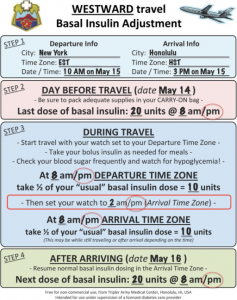Nov
15

Posted by Ann Glusker on November 15th, 2017
Posted in: Health Literacy, Public Health
Tags: Medication errors, overdose
“When people take medicine at home, mistakes happen.” That’s the start of a recent article on NPR’s web site, citing a new study that found that levels of medication errors are rising, and that most mistakes were preventable. The researchers used information from U.S. poison control centers, and looked only at errors that happened outside of health care facilities. Another study, cited in The New York Times, found that almost 85% of parents give children the wrong dose of liquid medicines, and more than 2 in 3 of those mistakes are overdoses. What is behind these errors, and the increase in their numbers?
Part of the problem is that with increasing levels of conditions such as cardiovascular disease and diabetes, there are more people taking medications for them and therefore more chance of error. Another part of the problem is that the units on the prescription (say, milliliters) may not match the units on the measuring device (say, teaspoons); the researchers on parents and liquid medicines found that simply giving parents oral syringes made a huge difference. Furthermore, as medical care becomes more complex, the home care does too. And sometimes it’s been complex all along; consider the calculations that diabetics must make to calculate their insulin, shown in the potentially daunting chart below.
What can we do to decrease the chance of errors? There are several things for starters! One is to READ THE LABELS. Even pharmacies may make errors (cue the recent story of the man who received and took a yeast infection medication rather than a medication for his hiatal hernia—he didn’t look at the bottle BEFORE starting his course). Another is to KEEP MEDICATIONS AWAY FROM KIDS. Safe storage can avoid quite a few dangerous situations! This includes child-resistant packaging. Caregivers (of children, older adults, or anyone) should MONITOR MEDICATION USE –it’s easy to make mistakes, and two brains are better than one! Parents and caregivers should write down when doses have been given, to avoid double doses. And, perhaps most importantly, ASK QUESTIONS! Many of us rush through the part where the pharmacist asks us if we have any questions about our medications, but we should be asking about any of the following that we aren’t sure of:
These are just a few of the many ways we can protect ourselves from making mistakes when taking medications; consider them, look for other ideas if you feel moved to, and be safe out there!

Photo credit: Pinsker et al., 2013